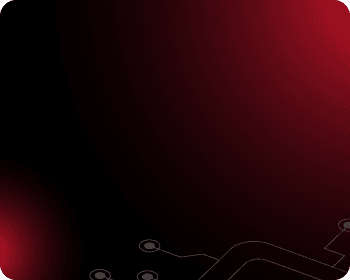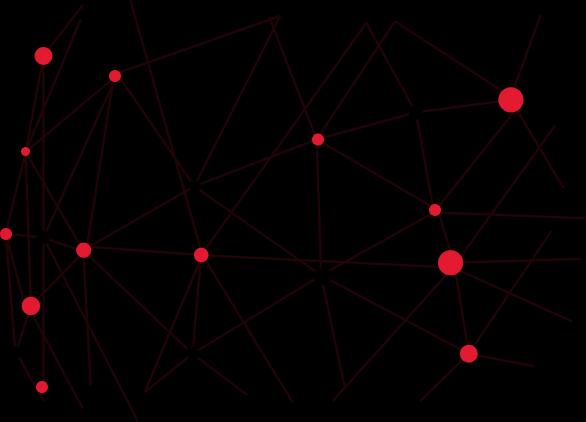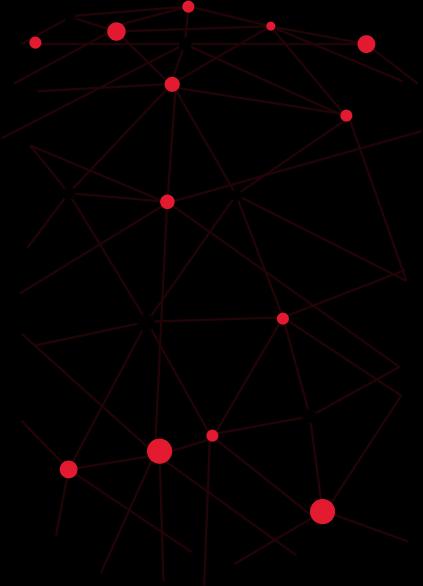
What is SaaS? Everything You Need to Know About SaaS in This Article
SaaS, also known as Software as a Service, is a cloud-based software model that allows end-users to access and use applications conveniently and flexibly through an internet browser. It has become increasingly popular and a top choice for many businesses in the digital era. However, do you really understand what SaaS is, how it works, and the benefits it offers?
If you’re looking to understand SaaS, this article provides a comprehensive overview, from basic concepts, pros and cons, to practical applications and future development trends. Everything will be explained in the most straightforward and complete way possible in this article brought to you by Tokyo Tech Lab. Now, follow me!
I. What is SaaS?
SaaS, short for Software as a Service, is a cloud-based software delivery model where applications are developed, hosted, and managed by service providers. Users access and use these applications via the internet without needing to download, install, or manage complex hardware and software infrastructures.
SaaS operates on a demand-driven service principle. Instead of owning or purchasing software outright, users pay a recurring fee (monthly, quarterly, or annually) to use the required features. This significantly reduces upfront costs and increases flexibility, particularly for small and medium-sized businesses.

A standout feature of SaaS is its accessibility anytime, anywhere. With an internet connection, users can work across various devices without being restricted by geographical location. SaaS not only offers convenience but also eliminates the burden of software maintenance and upgrades, as these are handled by the service provider.
SaaS is considered part of the cloud computing ecosystem, alongside other models like IaaS (Infrastructure as a Service) and PaaS (Platform as a Service).
II. Advantages and Disadvantages of SaaS
1. Advantages of SaaS
1.1 Low Cost and Resource Efficiency
The SaaS model significantly reduces initial investment costs. Users don’t need to purchase permanent software licenses or invest in infrastructure like servers or storage systems. Instead, they pay recurring fees (monthly, annually) or based on usage. This makes advanced technologies more accessible to businesses, especially small enterprises and startups, without significant financial pressure.
1.2 Access Anytime, Anywhere
SaaS operates on cloud platforms, allowing users to access applications from any device with an internet connection, including computers, tablets, or smartphones. This not only offers flexibility but also optimizes work efficiency in remote work environments or businesses with distributed teams.

1.3 No Installation or Maintenance Needed
SaaS eliminates the need for users to install software on personal devices or internal systems. All maintenance, updates, and bug fixes are automatically performed by the provider. Users don’t need to worry about outdated software or time-consuming troubleshooting.
1.4 Flexible Scalability
SaaS provides scalability according to usage needs. Businesses can easily upgrade their subscription plans, add users, or enhance features as required without facing technical or financial barriers. Conversely, if demand decreases, businesses can downgrade to optimize costs.
1.5 Data Security and Backup
SaaS providers typically implement advanced security technologies like data encryption, firewalls, and multi-factor authentication (MFA) to protect customer information. Additionally, user data is often backed up regularly, ensuring quick recovery in case of issues.
1.6 Continuous Support and Feature Updates
SaaS providers frequently deploy automatic updates to improve features and fix bugs. Users don’t need to worry about keeping up with technological changes or manually installing upgrades. Additionally, users benefit from 24/7 technical support to resolve issues promptly and effectively.
2. Disadvantages of SaaS
2.1 Dependence on Internet Connectivity
As SaaS operates on cloud platforms, its performance depends entirely on internet quality. Users may face challenges accessing and using software during network outages or unstable connections.
2.2 Limited Customization
SaaS is typically designed to serve a broad user base, which may limit the ability to customize interfaces or features. This can be unsuitable for businesses requiring highly optimized and tailored software solutions.
2.3 Security and Privacy Concerns
User data is stored on SaaS providers’ servers, which can raise concerns about privacy and security, particularly if the provider is hacked or encounters a security breach. Additionally, sharing data with third parties may increase privacy concerns. Therefore, when choosing a SaaS provider, users must carefully evaluate their security standards, privacy policies, and risk management capabilities to ensure data is well-protected.

2.4 Potentially Higher Long-Term Costs
Although SaaS offers lower initial costs compared to traditional solutions, recurring payments over time may result in higher total expenses than anticipated. This is especially true for businesses using SaaS for many years with a large number of users or requiring expanded services and additional features.
2.5 Dependence on Providers
SaaS users are entirely dependent on providers for system operations and maintenance. If the provider ceases operations, changes policies, or fails to meet technical requirements, businesses may face challenges maintaining operations or transitioning to other solutions.
2.6 Limited Control
One of the most significant limitations of the SaaS model is restricted user control over software and related infrastructure. Users don’t have direct access to the software’s source code, servers, or system configurations. This means they rely entirely on the provider for critical activities like maintenance, software upgrades, or handling technical issues.
III. How SaaS Works
The SaaS (Software as a Service) model operates on a cloud-based platform where software is hosted, managed, and maintained by the service provider. Users only need an internet connection to access applications via a web browser or mobile app without downloading or installing them on personal devices. Below is an explanation of how SaaS works through its key stages:
1. Software Hosting and Management on the Cloud
SaaS providers develop and deploy software on central servers located at their infrastructure or on cloud services such as AWS, Google Cloud, or Microsoft Azure.
At this stage, the provider:
- Installs the core software.
- Configures the system.
- Conducts periodic maintenance and upgrades.
With cloud hosting, users are freed from managing infrastructure or ensuring data security, as the provider handles these responsibilities.
2. Internet-Based Connection and Access
Users only need an internet connection to log into the software via:
- Web Browsers: Google Chrome, Firefox, Safari, or Edge.
- Mobile Applications: Custom apps developed by SaaS providers.
This ensures flexibility, enabling users to access the software from anywhere and on any device with an internet connection.

3. Subscription and Licensing
SaaS operates on subscription or pay-as-you-go models:
- Subscription Model: Users pay monthly, quarterly, or annual fees for access.
- Pay-as-You-Go Model: Users are charged based on resource usage, such as storage or the number of users.
After payment, the user account is activated or renewed to continue using the service.
4. Resource Provisioning and Data Processing
When using the software, all activities (data processing, storage, communication) occur on the provider's servers.
For example:
- User data is stored in centralized databases.
- Processing resources execute tasks like document editing, email transmission, or data analysis.
These processes are performed on the provider’s servers and transmitted to the user’s device via the internet.
5. Automatic Updates and Maintenance
One of the greatest advantages of SaaS is automated updates performed by the provider:
- New features are rolled out without disrupting user activities.
- Bugs and security issues are fixed as soon as they are detected.
This ensures users always have the latest version without needing manual installation or upgrades.
6. Data Security and Backup
SaaS providers are responsible for ensuring user data security. Measures include:
- Data encryption during transmission and storage.
- Two-factor authentication (2FA) to protect user accounts.
- Regular data backups to minimize risks of loss.
In summary, SaaS operates on principles of centralization and optimization, offering convenience to end users. This model not only reduces costs but also optimizes resource accessibility and usage, catering to individual and business needs in the digital era.
IV. Practical Applications of SaaS
The SaaS model is increasingly popular and widely applied across various industries. Its convenience, flexibility, and cost-effectiveness make it a preferred solution for individuals, businesses, and organizations worldwide. Below are notable real-world applications of SaaS:
1. Applications in Business Management
SaaS provides effective management tools for businesses of all sizes:
- Customer Relationship Management (CRM): Software like Salesforce and HubSpot helps manage customer relationships, track sales processes, and enhance customer experience.
- Financial and Accounting Management: SaaS platforms like QuickBooks and Xero enable businesses to monitor finances, generate reports, and manage budgets easily.
- Project Management: Tools like Asana, Trello, and Monday.com facilitate remote or on-site teams to manage tasks, track project progress, and communicate effectively.

2. Applications in Education
Education is one of the fields leveraging SaaS most effectively:
- Learning Management Systems (LMS): Platforms like TEAMHUB LMS, Moodle, Canvas, and Google Classroom allow educational institutions to deliver online courses, manage students, and track learning progress.
- Online Learning Applications: Services like Duolingo, Coursera, and Udemy provide learners access to courses from anywhere with an internet connection.
3. Applications in Remote Work
SaaS is an ideal solution for remote work environments, especially amid the pandemic and the trend of digitalization:
- Online Meeting Tools: Applications like Zoom, Microsoft Teams, and Google Meet enable effective remote meetings with features like screen sharing and meeting recording.
- File Storage and Sharing Tools: Services like Google Drive, Dropbox, and OneDrive allow teams to share files and collaborate in real time.

4. Applications in Marketing and Advertising
The marketing and advertising industries leverage SaaS to optimize campaigns and enhance work efficiency:
- Marketing Automation Software: Tools like Mailchimp, Marketo, and ActiveCampaign help manage email marketing, track campaign performance, and automate customer nurturing.
- Data Analysis and SEO: Platforms like SEMrush, Ahrefs, and Google Analytics provide insights to improve website rankings and optimize digital marketing strategies.
5. Applications in Healthcare
SaaS plays a vital role in digitizing the healthcare sector:
- Electronic Health Records (EHR): Systems like Epic and Cerner assist in managing patient information, tracking medical history, and enhancing care efficiency.
- Telehealth Applications: Platforms like Teladoc and Amwell enable doctors and patients to connect online for remote consultations and treatment.
6. Applications in E-Commerce
SaaS helps e-commerce businesses manage their online operations effectively:
- Building Online Stores: Platforms like Shopify, BigCommerce, and Wix provide tools for designing e-commerce websites without requiring programming skills.
- Inventory and Shipping Management: Software like ShipStation and TradeGecko supports inventory management, order processing, and streamlining shipping processes.

7. Applications in Content Creation
SaaS provides powerful tools for content creators:
- Graphic Design Software: Platforms like Canva, Figma, and Adobe Creative Cloud make it easy and quick to create professional designs.
- Video Editing Software: Services like WeVideo and Clipchamp offer cloud-based video editing tools that don't require high-end hardware.
SaaS has revolutionized the way we work, learn, and interact across almost every field. Its flexible and ever-evolving applications not only enhance productivity but also bring outstanding value, particularly in the context of the current wave of digital transformation.
V. Future Trends of SaaS
In the future, SaaS will continue to play a central role in the digital transformation journey of businesses, with several notable innovative trends:
Integration of Artificial Intelligence (AI) and Machine Learning (ML): These technologies will enable SaaS to personalize user experiences and automate complex tasks, such as big data analysis and business decision-making. This represents a significant step forward in improving work efficiency and optimizing operational processes.
Enhanced Security and Privacy: Security and privacy will receive more attention than ever. SaaS providers will adopt advanced security models like Zero Trust to ensure absolute data safety. They will also strictly comply with international regulations like GDPR and CCPA to build customer trust, which is critical given the increasing prevalence of cyberattacks and data breaches.
Multi-Cloud SaaS: Instead of relying on a single provider, businesses will choose SaaS solutions operating across multiple cloud platforms to minimize service disruption risks and increase flexibility. Additionally, strong integration capabilities between SaaS and other technologies like CRM and ERP will help businesses create seamless technology ecosystems tailored to their needs.
Vertical SaaS: Vertical SaaS solutions are emerging as a new trend. These are tailored for specific industries, such as healthcare, finance, education, or manufacturing. This approach helps businesses address industry-specific challenges while improving operational efficiency and cost optimization.
Integration of Blockchain Technology: Blockchain will enhance security and transparency in data management. No-code and low-code methodologies will also be incorporated, allowing users to build and customize applications without requiring advanced programming skills.
Overall, future SaaS will focus on optimizing user experiences, enhancing security, and developing advanced features to meet the increasingly diverse needs of businesses and individuals in the digital era. This is not just a trend but a driving force for innovation in how we work and use technology.
VI. Conclusion
SaaS has become an essential technology solution, helping businesses optimize costs and improve work efficiency. With the rapid growth of cloud computing, SaaS applications offer not only flexibility in usage but also significantly reduce the burden of infrastructure maintenance and management. However, selecting the right SaaS solution tailored to the specific needs of each business and industry is crucial for success.
With a wide range of SaaS applications, from CRM and ERP to collaboration and marketing tools, businesses can streamline workflows, boost productivity, and maximize resources. By adopting SaaS, businesses are not only meeting current needs but also preparing for future changes, moving toward a more flexible and sustainable operational model.
Thank you for following this article. Don’t forget to visit us regularly for more valuable insights on digital technology and modern innovation trends!
SHARE THIS ARTICLE
Author
Huyen TrangSEO & Marketing at Tokyo Tech Lab
Hello! I'm Huyen Trang, a marketing expert in the IT field with over 5 years of experience. Through my professional knowledge and hands-on experience, I always strive to provide our readers with valuable information about the IT industry.
More Posts
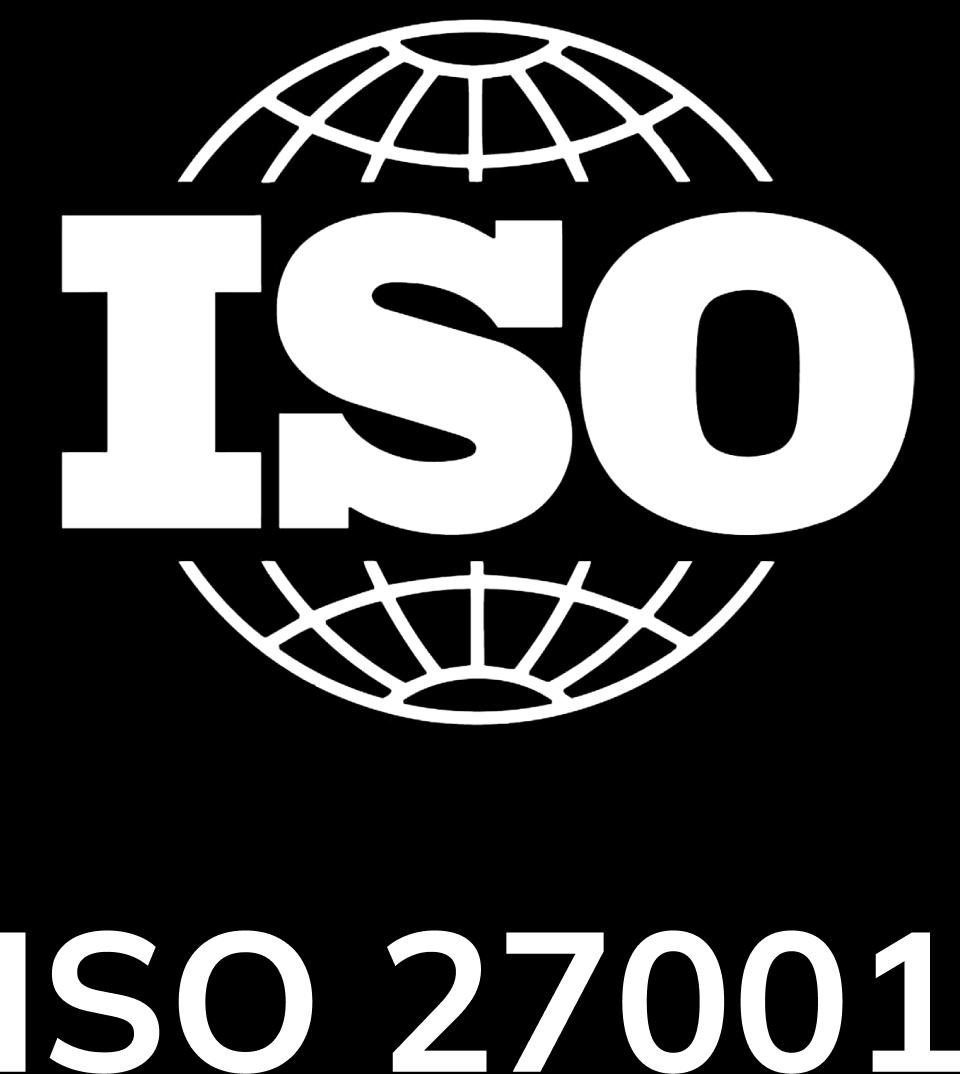
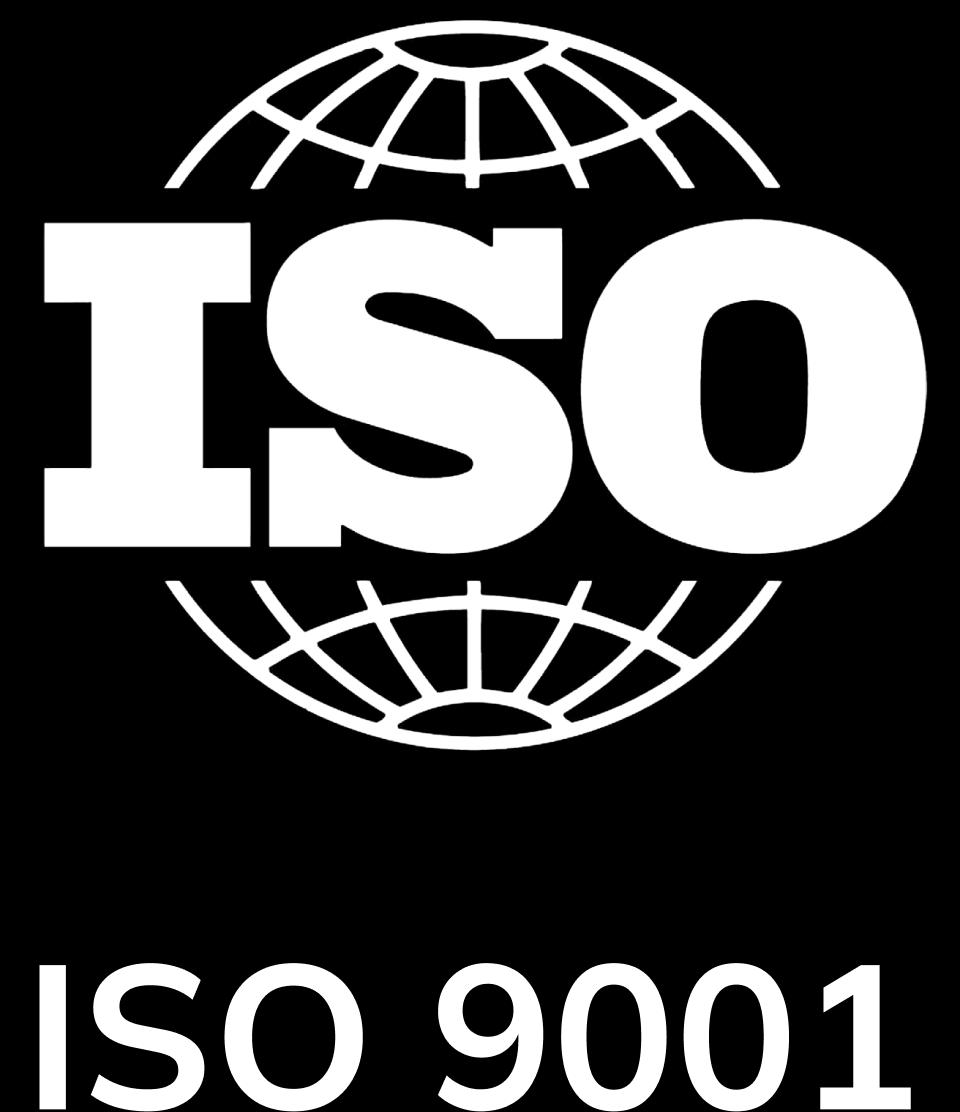
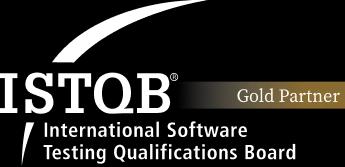
About Tokyo Tech Lab
Services and Solutions
Contact us
© 2023 Tokyo Tech Lab. All Rights Reserved.
